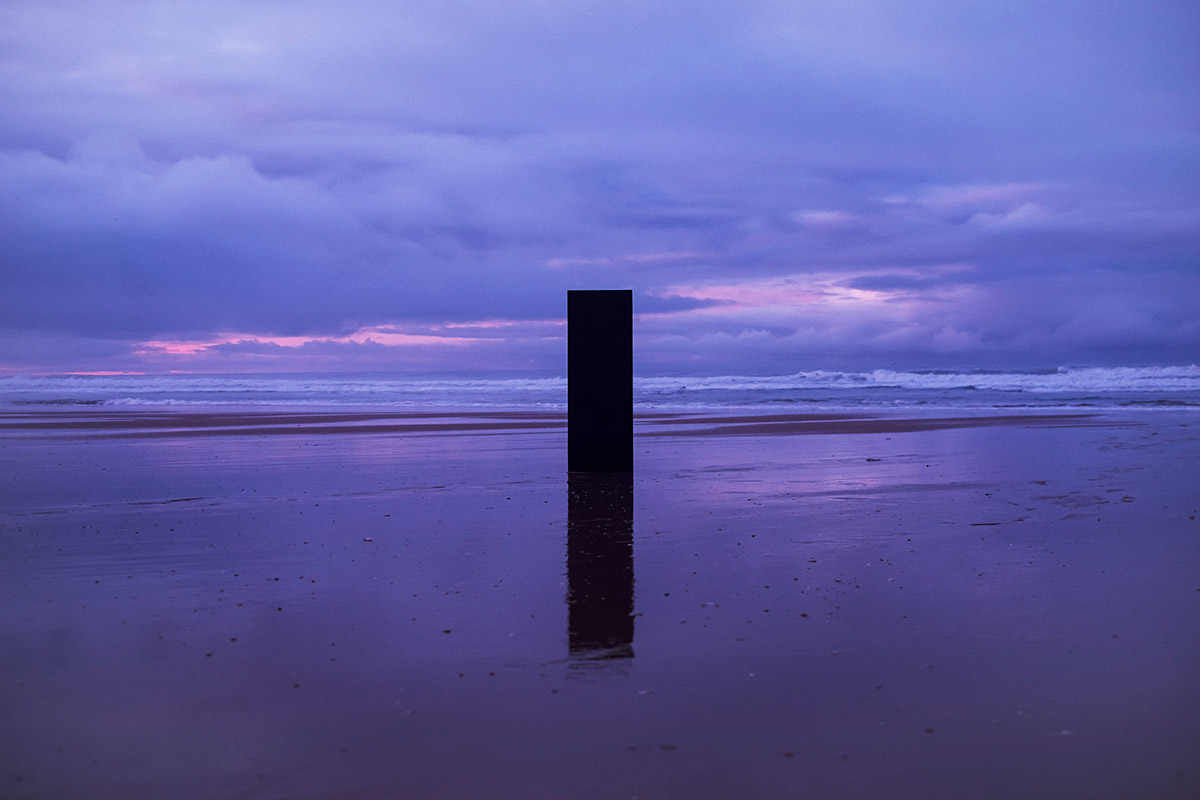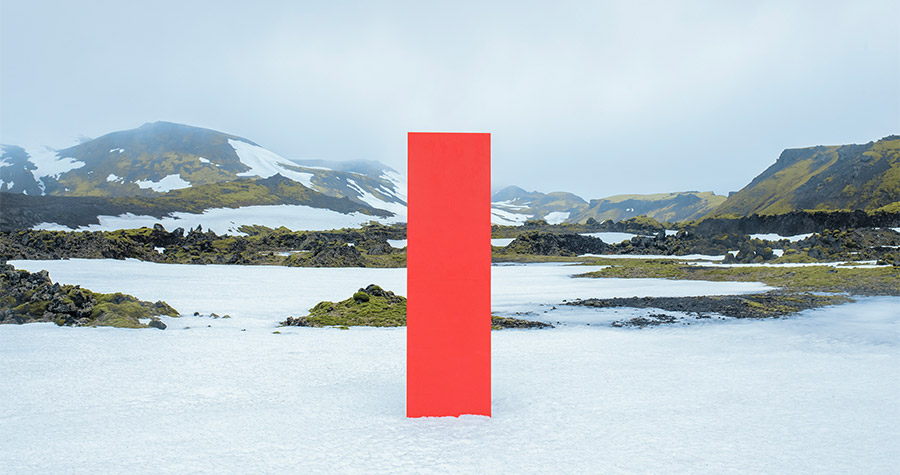CICA Museum, 3-A Gallery
May 22 – 26, 2024
2024.05.22 – 26
Landscape Series
Mankind reflects their presence on the planet through the design of buildings. The Architecture punctuates the coastline and grows between the outline of hills and valleys, plains and mountains, claiming the horizon. Due to this act, a landscape is therefore a construction, a consequence, or an effect on the environment. So, landscape has an inherent correlation with the human figure or scale. It can be cultural, material, or intangible. It circumscribes a territory, sometimes more natural, sometimes more urban. It becomes immaterial or material. Landscape is geographical. It deals with topography and the bathymetry of lakes and rivers. It is territorial, political, and the background of war conflicts. It is an optical phenomenon, a framework that fits and extends beyond the visual field. It is a conceptual representation that imagines in the present what was the past. Simply because it is drawn as an intention for an environment that already exists, a landscape is also a construction.
The human-nature binomial is tenuous and delicate, and Pedro Gramaxo is a mathematician who understands this tension. His work is committed to the architectural process of construction/deconstruction. On the one hand, the constructions are the planes, the shapes, the spheres, and the colors (red, white, yellow, and black). On the other hand, deconstruction has a stupefying effect, as na opium. By squinting, the landscape becomes a portal, and the color—the full color, the evident color, and the depth of the color—acts like a substance that stuns our nervous system, changing our perception. Suddenly, that landscape is more landscape and that form is less form—in other words, because of the non-obvious contrast, we can see and focus on the landscape and its truth.
The architect Peter Zumthor defines this confrontation between construction and nature as “disturbance”— advocating the importance of this impact. Any pebble thrown into the river moves the waters and stirs the sands until it finds its place. The river has been profoundly altered, but isn’t it now more complete? More river? Herberto Helder, the Portuguese writer, without any euphemism, answer us: “Nature was born to be manipulated.”
These are the similarities with Pedro Gramaxo’s Landscapes series: the search for a surface, a place, or a site. If his interventions were able to create space (we remember Self-portrait with landscape, 2015; Bright Hour #2, 2016; or 1/4 Portrait, 1/4 Landscape, 2021), they would perhaps be a manipulation, but the artist is more focused on a visual and conceptual juxtaposition. The figure-background relationship is disruptive, although it doesn’t leave an indelible mark on the landscape, at least physically or permanently. It is above all transitory and imaginative, with the record (photography) remaining as a memory or memento of a place that no longer exists (the opposite of the assumption in the series Graça, 2022, which, like the pebble, profoundly alters the landscape). For the artist, the purpose is to occupy the landscape without having a measure, oscillating between the real and the virtual, between the flatland world and the supernatural event that is the encounter with the three dimensions; and isn’t the geometry the lexicon that connects both worlds?
In Pedro Gramaxo’s process, there is the complexity of the physical space that exists at your fingertips and the sidereal space that goes beyond any study of perception.
Pedro Gramaxo (Lisbon, 1989) is a Portuguese contemporary artist working in constructive art, photography and film, analyzing and deepening our relation with space, time, memory and altered states of perception.
Pedro has been exhibiting in solo and group shows and public spaces since 2012 from Portugal, Italy, Holland and Bosnia and Herzegovina to Brazil, China, Russia, Argentina, United States and Iceland.
Graduated in architecture from Lusíada University in Lisbon (2010), Masters in Arts (2012), where his academic education crossedbred between Art and Architecture, developing a technical research based practice within the contexts of “art spaces” and the representation of art “contexts”, enhancing the physical aspects of phenomenology.
From an abstract point of view, Pedro´s projects define scale as a visual exercise, starting in 2016 with “HOME Series”, to 2018 “Landscape Series”, to 2021 “Dimension Series” to the present day, developing monument shaped installations in new and natural artistical contexts.

